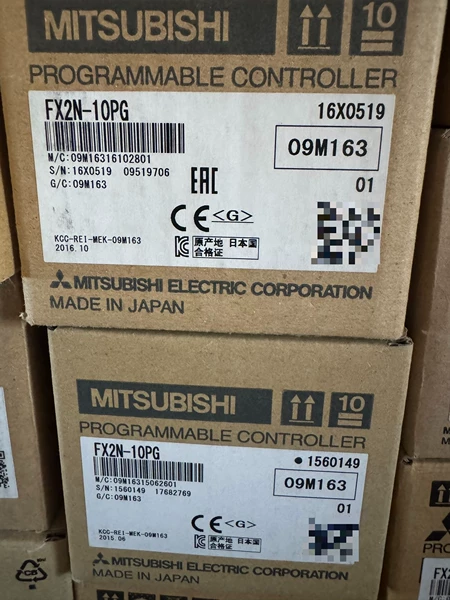The Mitsubishi FX2N-10PG is a compact, high-performance Programmable Logic Controller (PLC) in the FX2N series designed for controlling and automating various industrial processes. The FX2N-10PG provides flexibility, ease of use, and reliable operation for smaller automation tasks, while offering a range of communication options, expanding input/output capabilities, and support for various expansion modules.


